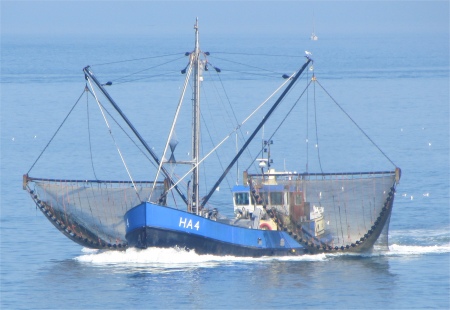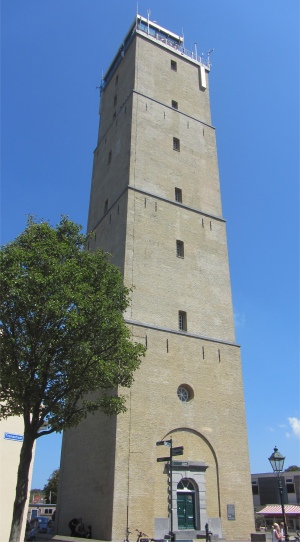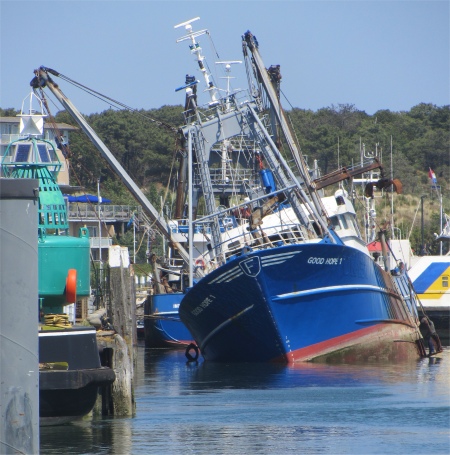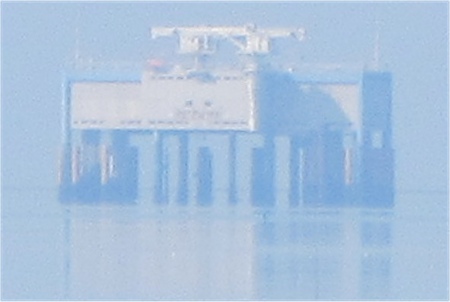Once ashore, we quickly located the VVV, acquired a map, and headed towards the centre of West Terschelling. The island was formed in the Middle Ages from a sandy area called De Schelling in the west and the original island Wexalia in the east. The name Wexalia, Wuxalia, or Wecsile is the medieval name of eastern Terschelling. However, this name disappeared at the end of the Middle Ages. The last appearance of the name Wexalia is in a treaty between Folkerus Reijner Popma, then ruler of Terschelling, with King Edward IV of England in 1482.
The oldest traces of civilisation on Terschelling date from around 850, when a small wooden church was built on a hill near Seerip or Strip. This hill was later used as a burial ground and is known as the "Striperkerkhof".
The Dutch navigator Willem Barentsz, who we came across at the small museum at the port in Harlingen, was born on Terschelling around 1550. Historically, tensions existed between the inhabitants of West-Terschelling, with its strong orientation towards the sea, and the more agriculturally oriented inhabitants of East-Terschelling. In 1612 this led to the division of the island into independent political entities, West-Terschelling and East-Terschelling.
In 1666 West-Terschelling was ransacked by the English. The English fleet had originally planned to attack the Dutch merchant fleet which was moored before the coast of Vlieland. When the Dutch vessels retreated towards Terschelling, the English followed, destroyed 150 Dutch vessels, and landed in the harbour of West-Terschelling. The town was burnt to the ground by the English on this occasion which would become known as "Holmes's Bonfire" after the English admiral Sir Robert Holmes. The Great Fire of London in the very same year was considered by some to have been God's retribution. The next year, in 1667, the Dutch under command of De Ruyter executed a retaliatory expedition, and dealt the English navy a heavy blow at the Raid on the Medway (also known as the Battle of Chatham), in effect ending the Second Anglo-Dutch War.
Only after the French occupation at the start of the 19th century, the independent political entities of West-Terschelling and East-Terschelling were once again united as one entity.
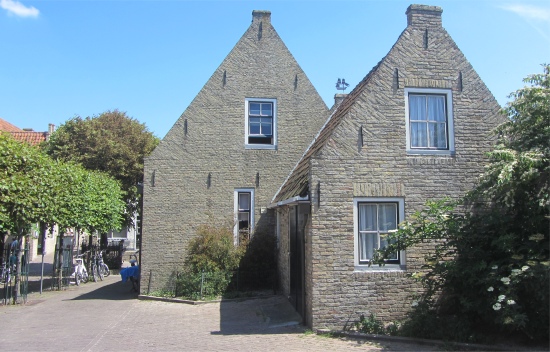
Terschelling Houses
|
Today the island was crowded, but a week earlier it must have been bedlam due to the ten-day Oerol Festival. Every June, some 50,000 visitors of all ages arrive by the boatload, literally, to view theatre, dance, performance art, live music, installations or simply partake in the communal vibe. Oerol, the word meaning "all over" in the local Frisian dialect, stages professional performances throughout the island - on the street, in barns and, most memorably, in woods, fields, dunes and on the beach. The festival exemplifies site-specific theatre, where art and environment meld, each illuminating the other. Oerol takes its name from an old Terschelling tradition, when for a short time in early spring cattle were allowed to roam freely on the island, grazing on any and all available greenery. The oerol tradition continued until the arrival of paved roads, since cars and bicyclists collided at night with sleeping cattle. It was finally ended during the German occupation of the island in World War II.
As we made our way into West-Terschelling, we passed by an art dealer's, and Rex instantly fell in love with a painting in the window. We entered and browsed through a large collection of seascapes and maritime paintings. Rex was keen to get a feel for the prices of these artworks, and acquired the price list. He did not seem to flinch at the price of the painting that was dear to his heart, though I feared Meryl would.
We fell into conversation with the lady who owned the shop. "I originally owned a gallery on the mainland," she told us, " which I ran for twenty years. Then I discovered Terschelling, and then this corner building which I converted into my new gallery. I have been here for five years now, and have never regretted it."
